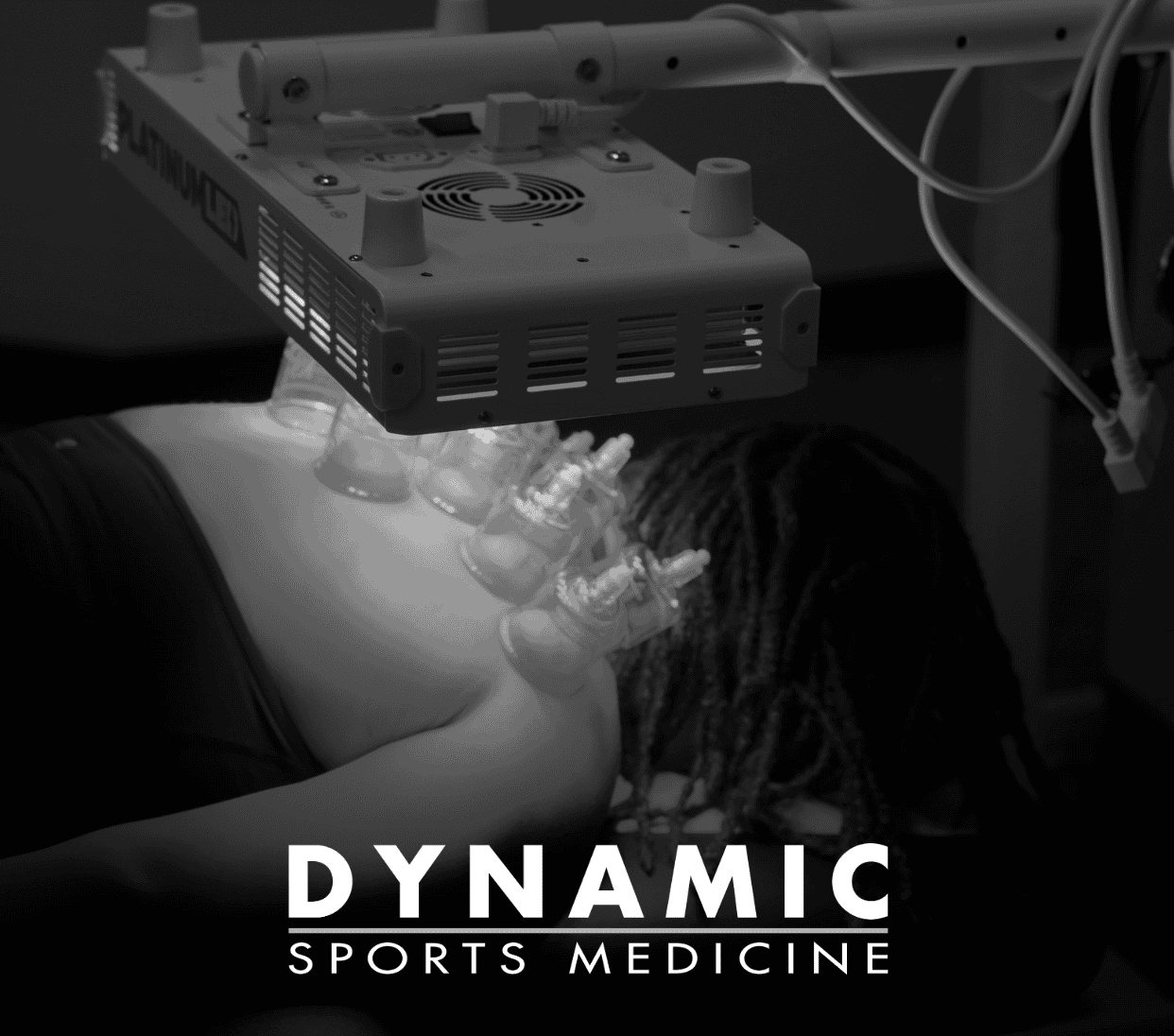Achilles tendinitis is a common condition that can afflict anyone who engages in strenuous or repetitive activity. Runners in particular are prone to this type of ankle inflammation, thanks to the strain that the running motion puts on this ankle tendon over time. In order to prevent Achilles tendinitis, or to manage it when it occurs, every runner needs to follow certain best practices. Here is a look at how to maintain your health and your performance no matter how much you love to run.
Understanding Achilles Tendinitis
Achilles tendinitis is the inflammation of the Achilles tendon. This is a long and powerful tendon that connects the heel bone to the calf muscle. While one of the strongest and largest tendons in the human body, it is vulnerable to inflammation and injury when exposed to repetitive strain, such as that imposed by runners.

Athletes who suddenly increase the intensity or frequency of their workouts are most at risk of developing this form of tendinitis. Achilles tendinitis often begins with a stiffness in the ankle. Other symptoms that may appear include the following:
- Heel and ankle pain
- Leg weakness
- Swelling
- Pain that is often worse after vigorous activity or at the beginning of the day
Preventing Achilles Tendinitis
Developing Achilles tendinitis is not inevitable. Here is a look at some of the steps you can take to lower your chances of developing this condition.
Increase physical activity gradually
Often, the sudden increase in activity can trigger ankle inflammation by putting stress on the ankle before it has been prepared to handle that stress. In order to prevent inflammation and pain, consider increasing your running workouts gradually. Start small and increase the duration and intensity of the workout regiment over time. Doing so will slowly condition your ankle and tendons to handle the stress of more demanding exercise.
Wear adequate footwear
Not just any shoe has the ability to support your feet and ankles while you run. If you want to avoid Achilles tendinitis, invest in powerful, well-fitted athletic shoes designed for your feet. The right shoes will have the following qualities:
- Solid arch support
- Heel cushioning
- Stability
You may even want to get custom orthotics from a qualified podiatrist. In addition, make sure to replace your worn-out shoes promptly. If you run on a regular basis, you will probably need to replace your shoes every 4 to 6 months.
Stretch to warm up
Stretching every day before you run is an important way to maintain the health and resilience of your Achilles tendon. The most effective stretches are those that exercise your calf muscles and Achilles tendon, allowing them to become longer and more flexible before you begin your run. Here are some ideas for warm up stretches that can help.
- Toe stretches
- Calf-plantar fascia stretch
- Floor stretch
- Stair stretch
By making stretching a regular part of your daily routine, you can stop problems before they slow you down. Prevention is the best way to reach your performance goals.
Pay attention to your body
Your body, if you let it, will alert you to the onset of Achilles tendinitis. If you begin to experience any signs of this condition, you should immediately take steps to manage it. For example, if you begin to experience pain or swelling or stiffness in the area of the tendon, you should stop your training routine and take steps to address the problem.

Managing Achilles Tendinitis
If you do develop Achilles tendinitis, you are not doomed to suffer, forced to permanently give up your favorite sport or forced to limit your physical performance. Here are some steps you can take to manage your condition and continue to stay running.
Engage in RICE
If you notice early signs of Achilles tendinitis, you can begin to treat it by following the RICE method. The acronym stands for rest, ice, compression and elevation. Temporarily step back from your regular running routine to use these methods to address your discomfort. If you catch it early, you may only need this approach to return to your sport.
Consult with a sports medicine specialist
If RICE does not help, or if you suffer from recurring tendinitis, you may want to consult with an expert in sports medicine, like the team here at Dynamic Sports Medicine. These experienced, athlete-trusted professionals can provide you with a thorough evaluation, customized care plan and preventive routines to help you both recover from and prevent a recurrence of, this condition.
Engage in chiropractic care

Chiropractic care is a proven and effective approach to managing Achilles tendinitis. Your care team can provide you with a variety of exercises and treatments designed to alleviate pain, strengthen and stretch your muscles and improve your ankles resiliency. Here are some techniques a chiropractor or sports medicine professional may use:
- Stretching
- Strengthening exercises
- Active Release Technique to remove adhesions on the ankle tissues
- Chiropractic adjustments to alleviate pain and stop nerve dysfunction
- And more
If you want to keep running, preventing and managing Achilles tendinitis is a necessity. At Dynamic Sports Medicine, the same professionals who treat professional athletes are available to deliver state-of-the art treatment as well as advice and support about how to prevent this condition in the first place. Contact us today to schedule your appointment with the top sports medicine providers in Austin.


